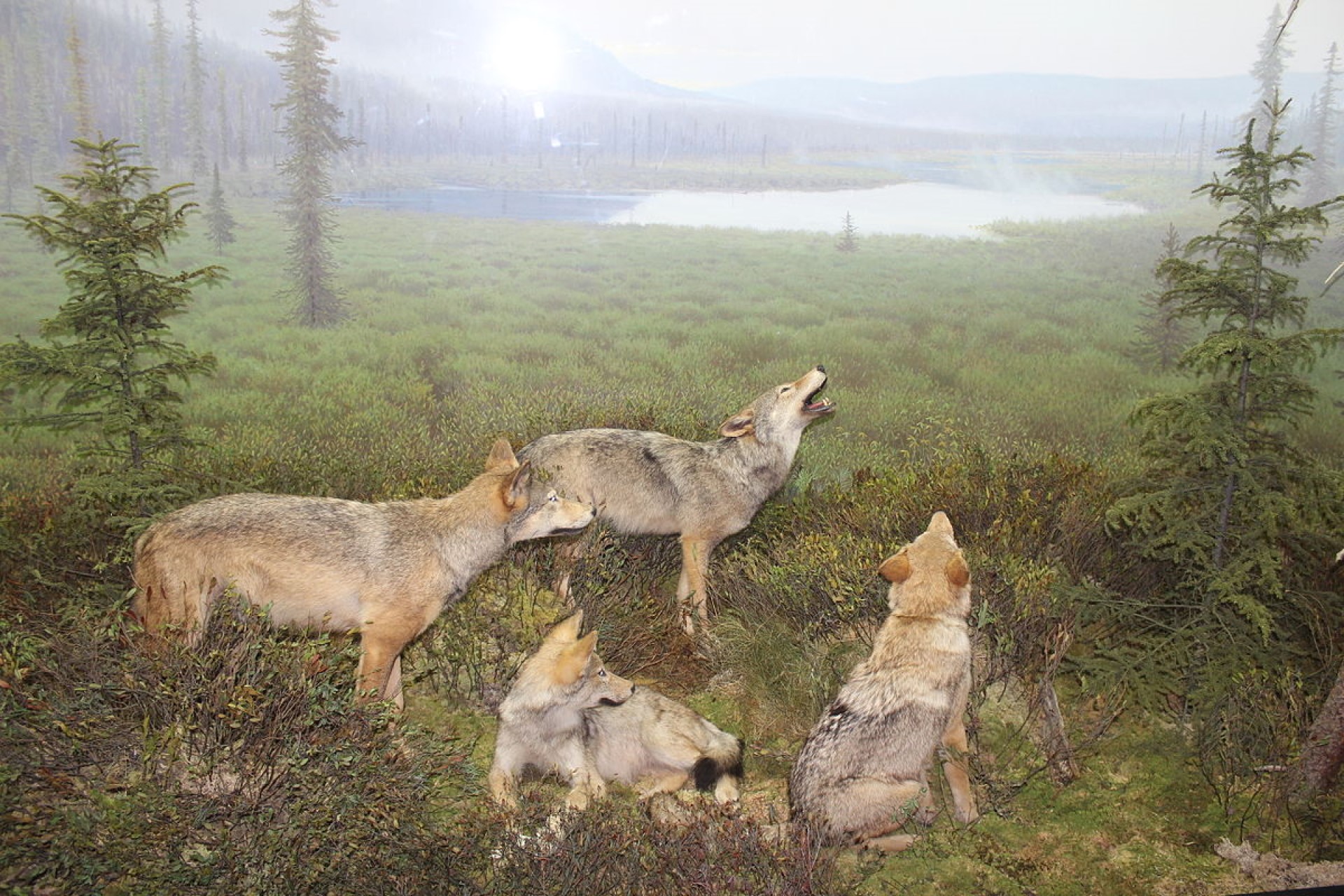
Algonquin Wolf
This wolf was formerly called the Eastern Timber wolf, and was considered a subspecies of the grey wolf. There are only around 500 of this species that live in the wild. They are classified as vulnerable, presumably as there was never a large population of these wolves in the wild. They are thought to have split from grey wolves 67,000 years ago (for reference, this is more than twice the minimum distance back to when red and grey wolves split).
Found in the area of the great lakes and eastern Canada.
At the point at which it was decided that this wolf is a separate species, it already has a relatively low population, though it is considered to be mid-way between secure and extinct.
Any articles that we write in the future will appear below. We hope in the future to link to people who can help you see them in the wild, this will lie below the news. Do get in touch if you live or work in the area, we are really keen to connect you with those people visiting the area, so that they can see this newly split species and to bring you income from this species on your doorstep.
Both of the below videos are from Algonquin park, the first is a natural howl of a wolf in the stillness of the morning, while the second, is a howl prompted by a human howling into the wilderness – while this should not be done too often, as it can make the wolves nervous (they howl to spread themselves out, so hearing howls can make them think that they have to fight – though howling in North America is far more common, likely as a result of centuries of persecution in Europe.
As we make links in the field to see this species, they will appear below the videos and the list of articles.
Algonquin wolves -origin different than we thought?
- Tim
- December 7, 2023
